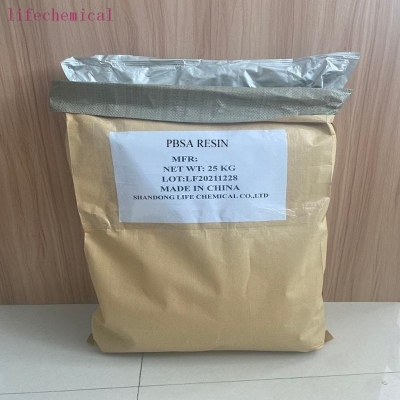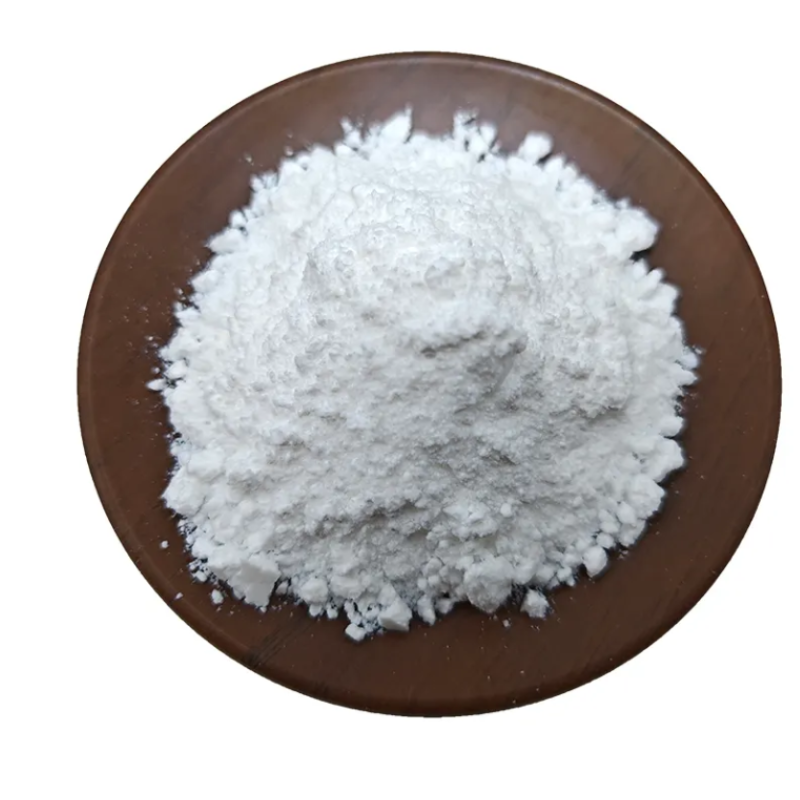-
Categories
-
Pharmaceutical Intermediates
-
Active Pharmaceutical Ingredients
-
Food Additives
- Industrial Coatings
- Agrochemicals
- Dyes and Pigments
- Surfactant
- Flavors and Fragrances
- Chemical Reagents
- Catalyst and Auxiliary
- Natural Products
- Inorganic Chemistry
-
Organic Chemistry
-
Biochemical Engineering
- Analytical Chemistry
-
Cosmetic Ingredient
- Water Treatment Chemical
-
Pharmaceutical Intermediates
Promotion
ECHEMI Mall
Wholesale
Weekly Price
Exhibition
News
-
Trade Service
At present, the large-scale production of hydrogen in industry is inseparable from high temperature and high pressure and purification of target products
.
Recently, Chinese scientists have proposed and implemented a new strategy for high-efficiency production of high-purity hydrogen (>99.
99%) at room temperature and pressure
.
Related papers were published in the latest issue of "Nature
.
Newsletter
.
? Hydrogen energy is regarded as the clean energy with the most development potential in the 21st century
.
At present, the water vapor shift (WGS) reaction (CO+H2O→H2+CO2) is the main method for large-scale production of hydrogen in industry
.
The WGS process usually needs to be carried out under the conditions of high temperature (180℃-250℃) and high pressure (1.
0 MPa-6.
0 MPa)
.
In addition to harsh reaction conditions, the hydrogen produced by the WGS reaction often contains about 1%-10% of residual carbon monoxide and reaction products of carbon dioxide and methane, which require further separation and purification for downstream applications
.
Therefore, the development of more economical and environmentally friendly methods to directly produce high-purity hydrogen under mild conditions is an urgent need for the development of hydrogen energy
.
? The team of Deng Dehui, a researcher at the State Key Laboratory of Catalysis, Dalian Institute of Chemical Physics, Chinese Academy of Sciences, has cleverly split the redox reaction of WGS into two separate "half reactions" after long-term exploration and combined with the principle of electrochemical reactions.
An electrochemical water vapor shift concept that can directly produce high-purity hydrogen at room temperature and pressure: room temperature electrochemical water vapor shift (EWGS) reaction
.
In this reaction, the carbon monoxide oxidizes at the anode, and the generated carbon dioxide further reacts with the electrolyte potassium hydroxide to form potassium carbonate, avoiding the emission of carbon dioxide; at the same time, the water is directly reduced at the cathode to produce high-purity hydrogen
.
The anode and cathode are separated by an anion exchange membrane, which effectively separates the products of the two electrodes.
Therefore, in principle, the process of separation and purification of hydrogen in traditional WGS is avoided
.
? Experimental results show that through the optimization of the catalyst design and electrode structure, the EWGS reaction has achieved 99.
99% high purity hydrogen production under normal temperature and pressure conditions
.
This is completely different from the traditional WGS reaction and provides a new idea for the production of high-purity hydrogen with low energy consumption
.
.
Recently, Chinese scientists have proposed and implemented a new strategy for high-efficiency production of high-purity hydrogen (>99.
99%) at room temperature and pressure
.
Related papers were published in the latest issue of "Nature
.
Newsletter
.
? Hydrogen energy is regarded as the clean energy with the most development potential in the 21st century
.
At present, the water vapor shift (WGS) reaction (CO+H2O→H2+CO2) is the main method for large-scale production of hydrogen in industry
.
The WGS process usually needs to be carried out under the conditions of high temperature (180℃-250℃) and high pressure (1.
0 MPa-6.
0 MPa)
.
In addition to harsh reaction conditions, the hydrogen produced by the WGS reaction often contains about 1%-10% of residual carbon monoxide and reaction products of carbon dioxide and methane, which require further separation and purification for downstream applications
.
Therefore, the development of more economical and environmentally friendly methods to directly produce high-purity hydrogen under mild conditions is an urgent need for the development of hydrogen energy
.
? The team of Deng Dehui, a researcher at the State Key Laboratory of Catalysis, Dalian Institute of Chemical Physics, Chinese Academy of Sciences, has cleverly split the redox reaction of WGS into two separate "half reactions" after long-term exploration and combined with the principle of electrochemical reactions.
An electrochemical water vapor shift concept that can directly produce high-purity hydrogen at room temperature and pressure: room temperature electrochemical water vapor shift (EWGS) reaction
.
In this reaction, the carbon monoxide oxidizes at the anode, and the generated carbon dioxide further reacts with the electrolyte potassium hydroxide to form potassium carbonate, avoiding the emission of carbon dioxide; at the same time, the water is directly reduced at the cathode to produce high-purity hydrogen
.
The anode and cathode are separated by an anion exchange membrane, which effectively separates the products of the two electrodes.
Therefore, in principle, the process of separation and purification of hydrogen in traditional WGS is avoided
.
? Experimental results show that through the optimization of the catalyst design and electrode structure, the EWGS reaction has achieved 99.
99% high purity hydrogen production under normal temperature and pressure conditions
.
This is completely different from the traditional WGS reaction and provides a new idea for the production of high-purity hydrogen with low energy consumption
.







